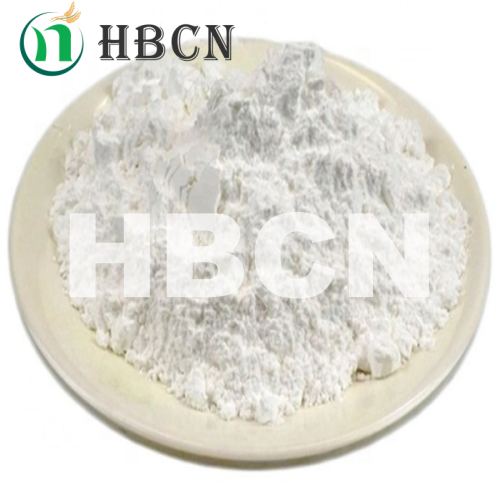
Jul . 29, 2024 19:27 Back to list
Safety Data Sheet for OEM Indoxacarb 14.5% and Acetamiprid 7.7% SC Formulation
Safety and Handling of Indoxacarb and Acetamiprid A Comprehensive Overview
In the world of agriculture, the need for effective pest control methods is paramount to ensure crop health and yield. Two chemical compounds that have gained attention for their insecticidal properties are indoxacarb and acetamiprid. This article focuses on the safety data and handling practices associated with an OEM formulation containing 14.5% indoxacarb and 7.7% acetamiprid, commonly used in various agricultural applications.
Chemical Properties
Indoxacarb is a member of the oxadiazine class of insecticides. It works by disrupting the sodium channel function in insects, which effectively immobilizes them, leading to death. It is particularly effective against a variety of pests, including caterpillars and beetles.
Acetamiprid, on the other hand, is a neonicotinoid that affects the nervous system of insects. By binding to nicotinic acetylcholine receptors, it causes overstimulation of the nervous system, which is lethal to the target pests. This compound is favored for its effectiveness against sap-sucking pests like aphids and whiteflies.
Safety Data Sheet (MSDS)
Understanding the Safety Data Sheet (SDS) for this product is crucial for anyone who handles or uses it. The SDS provides vital information regarding the hazards associated with indoxacarb and acetamiprid, guidance on safe usage, and measures to take in case of emergencies.
2. First Aid Measures In case of accidental exposure, the SDS outlines essential first aid procedures, such as rinsing affected skin or eyes with water and seeking medical attention if necessary.
oem indoxacarb 14.5 acetamiprid 7.7 sc msds

3. Fire-Fighting Measures The product should be stored away from sources of ignition, as it can be flammable. Firefighters should use appropriate extinguishing methods while wearing protective gear.
4. Personal Protective Equipment (PPE) The SDS recommends appropriate PPE, which may include gloves, goggles, and respirators, depending on the mode of application and potential exposure risks.
5. Handling and Storage It is essential to store the product in a cool, dry place away from incompatible materials. Proper training for handlers is necessary to minimize risks associated with misuse or accidental exposure.
Environmental Considerations
Indoxacarb and acetamiprid have been evaluated for their environmental impact. Both chemicals can be harmful to non-target organisms, particularly bees and aquatic life. Therefore, it is crucial for users to adhere to the labeled instructions and apply the products during times of low risk to beneficial organisms, such as early morning or late evening.
Conclusion
The formulation of 14.5% indoxacarb and 7.7% acetamiprid offers efficient solutions for pest management in agriculture. However, safety should always be the top priority. Professionals should be well-versed in the contents of the SDS, adhere to PPE recommendations, and respect environmental guidelines to mitigate risks associated with these insecticides. By doing so, they can effectively protect crops while also safeguarding human health and the environment.
In conclusion, these compounds, when used responsibly, are vital tools for modern agriculture. It is essential to maintain a balance between achieving pest control success and ensuring safety for all involved. Integrating best practices with continual education on pesticide use will lead to sustainable agricultural methods that benefit growers and the ecosystem alike.
-
Best Abamectin 95% | Top Pesticide for Crop Protection
NewsJul.31,2025
-
Insecticide Spirotetramat 11% + Thiacloprid 11% SC at Good Price
NewsJul.30,2025
-
Best Abamectin SDS - Premium Quality & Reliable Safety Data
NewsJul.29,2025
-
Agrochemicals Pesticides Solutions for Sustainable Farming
NewsJul.29,2025
-
High-Quality Tebuconazole Fungicide for Crop Protection at Best Price
NewsJul.29,2025
-
Chlorfenapyr 8% + Clothianidin 20%SC Pesticide Mixture for Effective Pest Control
NewsJul.28,2025
